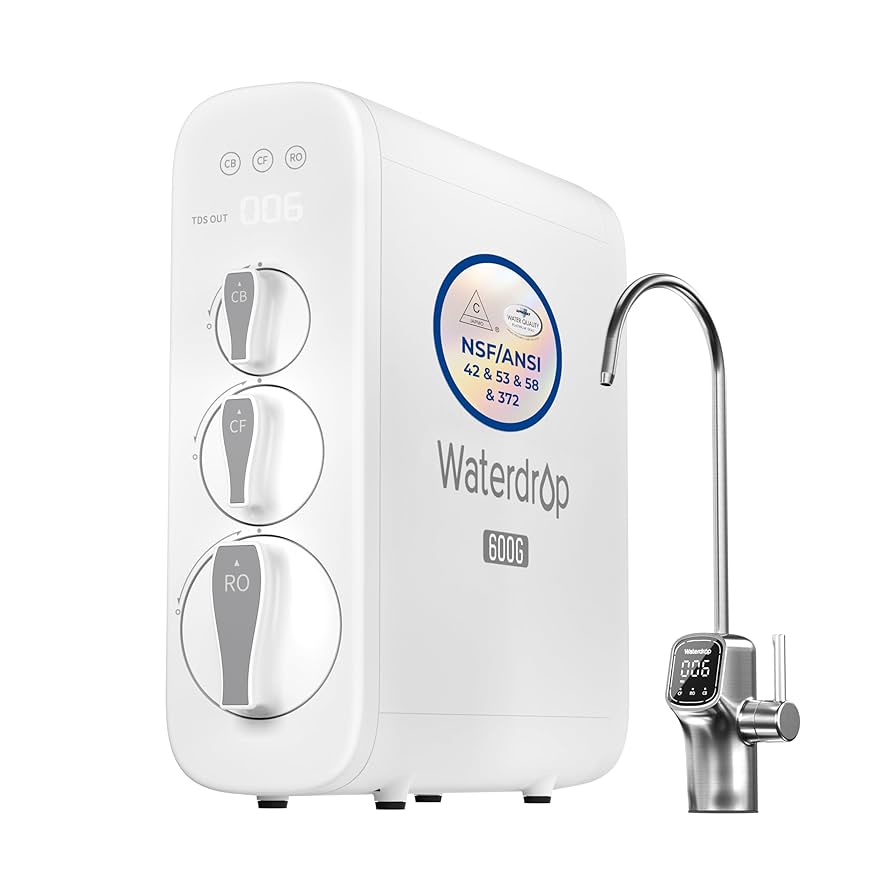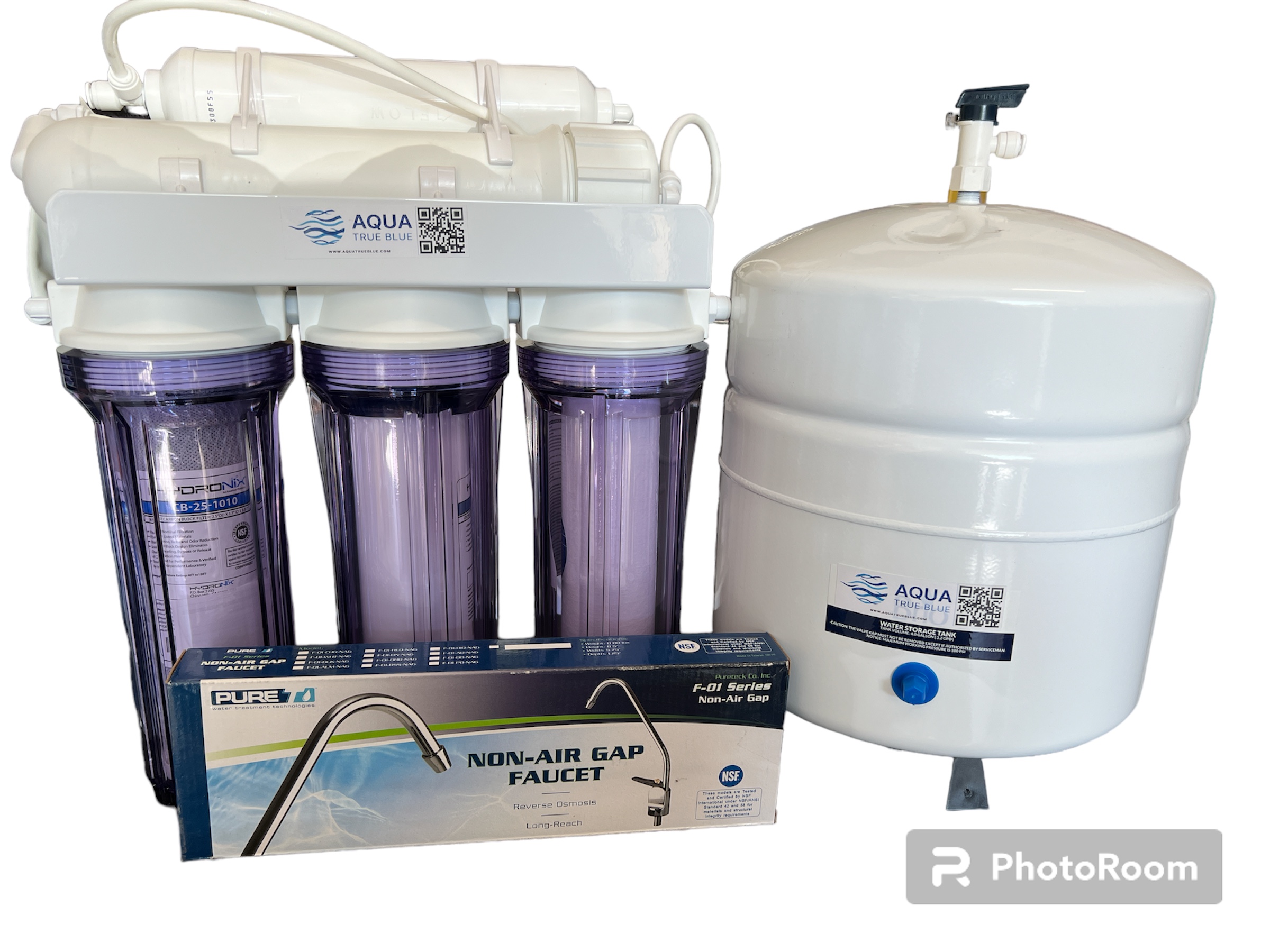Reverse Osmosis vs. Carbon Filters: Pros and Cons

Water filtration is essential for ensuring safe, clean drinking water. Two popular methods are reverse osmosis (RO) and carbon filtration. Each has unique benefits and drawbacks depending on your needs. This article explores both technologies in detail, helping you make an informed choice.
What is Reverse Osmosis?
Reverse osmosis is a water purification process that uses a semipermeable membrane to remove ions, molecules, and larger particles from drinking water. It effectively reduces contaminants such as lead, arsenic, fluoride, chlorine, and even some bacteria and viruses.
What is a Carbon Filter?
Carbon filters use activated carbon to absorb impurities and chemicals from water. They are particularly effective at removing chlorine, volatile organic compounds (VOCs), and improving taste and odor.
Comparison Table: Reverse Osmosis vs. Carbon Filters
| Feature | Reverse Osmosis (RO) | Carbon Filters |
|---|---|---|
| Filtration Method | Semipermeable membrane | Activated carbon adsorption |
| Contaminants Removed | Heavy metals, salts, fluoride, bacteria, viruses | Chlorine, VOCs, pesticides, bad taste and odor |
| Water Waste | Produces wastewater (typically 3-4 gallons per gallon purified) | Minimal to no water waste |
| Maintenance | Requires regular membrane replacement and system cleaning | Requires periodic carbon cartridge replacement |
| Cost | Higher initial and maintenance costs | Generally lower cost |
| Water Taste | Produces very pure, sometimes flat-tasting water | Improves taste by removing chlorine and odors |
Pros and Cons
Reverse Osmosis Pros
- Removes a wide range of contaminants including heavy metals and microorganisms
- Produces very pure water suitable for sensitive uses
- Can improve water safety significantly
Reverse Osmosis Cons
- Wastes a significant amount of water
- Slower filtration process
- Higher upfront and maintenance costs
- May remove beneficial minerals, affecting taste
Carbon Filter Pros
- Improves taste and odor effectively
- Removes chlorine and many organic chemicals
- Low water waste and energy efficient
- Lower cost and easier maintenance
Carbon Filter Cons
- Does not remove dissolved salts or heavy metals
- Less effective against microorganisms
- Requires frequent cartridge changes to maintain effectiveness
Frequently Asked Questions (FAQ)
Q1: Can I use both systems together?
Yes, many water filtration setups combine carbon filters with reverse osmosis to maximize contaminant removal and improve taste.
Q2: How often should I replace the filters?
Carbon filters typically need replacement every 3-6 months, while RO membranes last 2-3 years depending on water quality and usage.
Q3: Is reverse osmosis water safe to drink?
Yes, RO water is safe but may lack some minerals. Some systems add minerals back for taste and health benefits.
Q4: Which system is better for well water?
RO systems are generally better for well water due to their ability to remove a broad range of contaminants.
Conclusion
Choosing between reverse osmosis and carbon filters depends on your water quality, budget, and specific needs. RO offers comprehensive purification but at higher cost and water waste, while carbon filters provide cost-effective taste and odor improvement with limited contaminant removal. Combining both can offer the best of both worlds.
This detailed comparison should help you decide the best water filtration method for your home or business.
